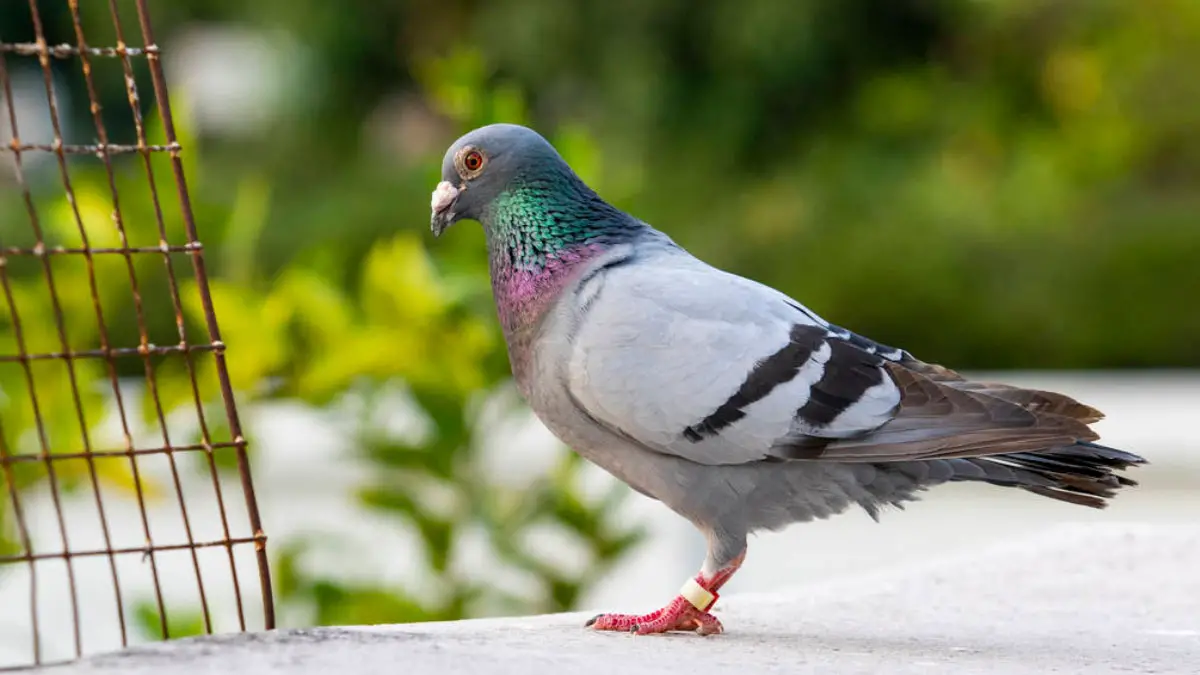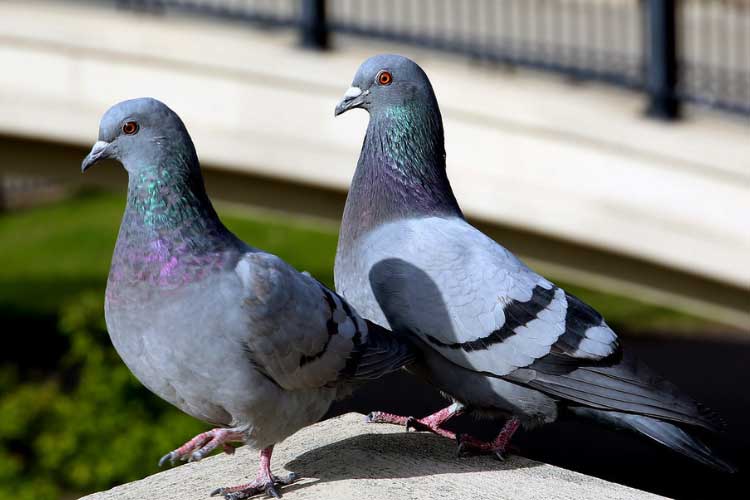The Ethics of Pigeon Racing: Welfare Concerns and Solutions
When it comes to racing, less than half of the pigeons return to their homes. More than half of them die or get lost due to the extreme conditions that are set by the racing community. If more than half of the pigeons don’t return, there has to be something wrong with the system.
So what are the primary concerns of pigeon racing? Pigeons typically travel 100 kilometers during a race, which is an absurdly large distance. Also, other factors, such as weather and the safety of the pigeons from predators, are not considered. Lastly, a small cage is used to transfer the pigeons.
Nevertheless, these are not the only ill-treatment they go through. They are living things like us and have the right to live freely. Let’s get in-depth about the welfare concerns of racing pigeons and criticisms that might help.
Racing Pigeon: Direct Concerns and Solutions
Homing pigeons that can successfully go up to a measured distance and are able to return home safely is what this sport is about. This animal racing sport is getting popular every day and has spread worldwide.
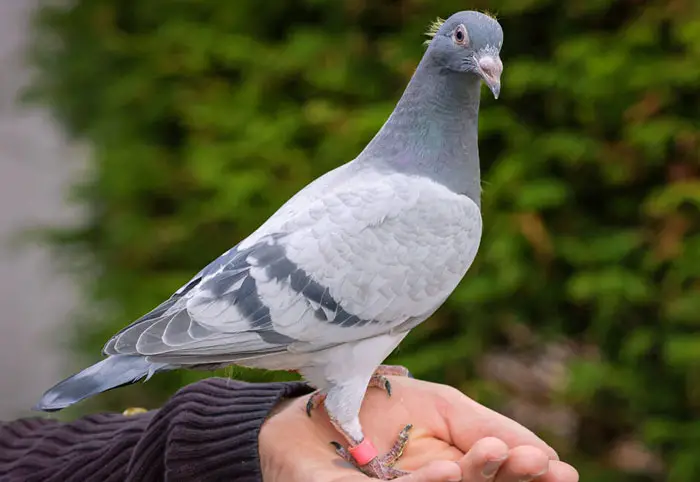
Yet what most people fail to notice is the dark side of this sport. People can bet on individual pigeons to complete the race successfully, and this is where most people get lost. They don’t know what’s on the other side of the door.
Today, we shall uncover the dark side of this sport and leave criticism to show that there’s always a solution. So let’s dive right in.
Absurd Distance
Why do pigeons need to cover such absurd distances for their race? On average, a pigeon race consists of 100 kilometers. However, this distance is getting bigger every day as people want more.
Yes, pigeons are able to cover such distances without getting tired, but this opens up a lot of room for trouble.
Not all pigeons you see on the racing track are properly trained to find back their home over such large distances.
Criticism
What the racing community can do is shorten the distance. This will help the pigeons avoid getting into unnecessary trouble. Additionally, the statistic of more than half of the pigeons not returning home would decrease.
Weather Conditions
Since the weather is unpredictable, a sudden change in climate can be problematic for the birds. Often times the change in weather is neglected and the birds are pushed to race in dire conditions.
Obviously, the public has come to see the pigeon race, but it does not mean that they should hurt the creatures.

Criticism
Whether on the ticket or verbally, the racing community should mention to the public that weather conditions will be considered. If it’s too warm or too cold, the race will be held at a later date.
Safety From The Predators
Peigons’ lofts are often endangered by foxes, rodents, and other predators. Moreover, a lot of the pigeons that don’t return back are victims of predators as well. Currently, there are no safety protocols involved that will help the pigeons stay out of the predator’s radius.
Criticism
To protect them, the loft must be protected from predators and kept clean. Educating the birds to detect and avoid predators during a race, securing them with proper locks, and employing scare tactics outside their resting area are effective methods for preventing assaults on the birds.
Disease
There are endless things that pigeons come across when on race. They have to drink water and collect food from the wild. This opens up the gates to unwanted diseases. Additionally, their immunity gets low when they are at stress. As a result, there’s a high possibility of them getting sick.

Criticism
Proper treatment should always be ready for these pigeons. Before the pigeons go out for a race, they should be given proper medical care. Also, when they finish the race, proper checkups should be done for their well-being.
Breeding Racing Pigeons
You have read every direct safety concern of the pigeon race that exists. We will now examine a few indirect issues that receive less attention than direct ones.
The first one that goes unnoticed the most is the breeding methods. Most racing pigeons are bred in a specific manner to ensure performance from them. This is where the inbreeding method comes in.
Inbreeding is a specific way that breeders frequently use and is done by taking two pigeons that are genetically related to each other. In short, they have the same ancestors.

The breeders take the best pigeons out there who have been actively excelling at performances such as racing. This way, a new active pigeon can be raised without any hard work of getting it trained for performance.
However, a lot of research proves that this is not the right way to bread. Inbreeding comes with many health risks that aren’t seen instantly. The inbred pigeon will not come across any trouble, but the next generation will. Some common health risks are;
- Lower fertility
- Birth abnormalities
- Shorter lifespan
How To Solve This Problem?
Most breeders have no idea what the consequences are for inbreeding. There is a chain reaction involved here which is something that can lead to the extinction of active pigeons as most of them will have the same ancestors.
The only way to solve this problem is to share awareness with the breeders. They do it without knowing how harmful it can get. The only way we can live to see more active pigeons is by awareness.
Unethical Pigeon Training
The training practices are also flawed even though they are trained only for a month before the race. Officially, they are said to be trained only an hour per day. However, most pigeon owners don’t follow that as no one wants their pigeon to lose.
As a result, pigeons are taken out far from their loft and make them practice returning home. This is not done for an hour only but for 4-5 hours every day. The ethics of some pigeon owners no longer serves kindness.

Additionally, they are served an absurd amount of supplements before the race to perform the best. Well, anything too much is not good and leads to health problems. Here’s a table of what the supplements contain and why too much of it isn’t good;
| Supplements | Consequences If Fed In Excess |
| Vitamins | The fat-soluble vitamins may develop toxicity or an allergic response |
| Amino acids | Excess protein can harm the kidney and liver |
| Inositol | Dizziness and extreme tiredness after the race has finished |
Unethical Transportation Facts
Trucks are customized specifically to transport racing pigeons. However, these aren’t any 5-star trucks. The trucks have very small cubical cages where the pigeons can barely move.
For birds, being in a cage is a death warrant since they may experience starvation, an unsuitable environment, and loneliness. Additionally, the stress of being trapped.
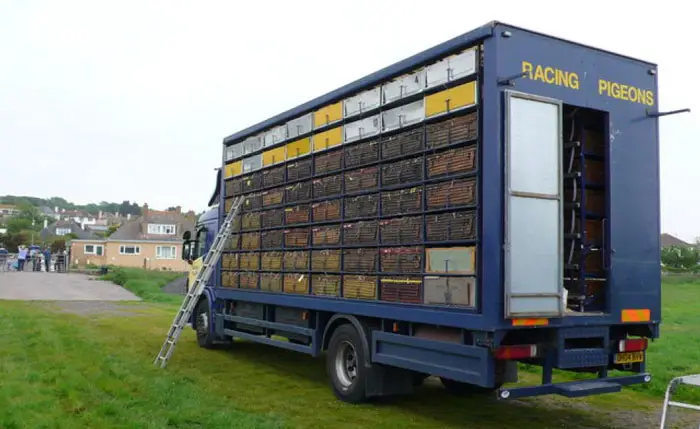
How to Transport Pigeons Properly?
The trucks should be constructed with more space for the pigeons to breathe in. Moreover, there is enough space to move freely. The minimum recommended space is three times their combined wing span.
Also, this is to be made sure that the truck has sufficient ventilation for the pigeons.
How To Build A Better Racing Pigeon Community?
After everything you have read above, you must be wondering how we can make this community better. After all, if the solutions to some common welfare factors are taken into account, it’s an amazing sport.
So what can we do to build a better racing community? Well, firstly, we need to prioritize the contestant’s health over everything. Most people would disagree with making the racing distance shorter as it would not be fun. Yet, it’s a hefty job for the pigeons to travel such distances.
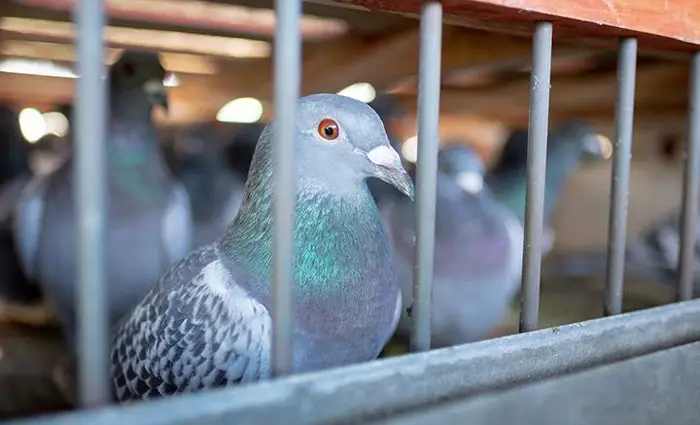
On the other hand, considering the weather can also be a disappointment for the viewers. As a hot day can delay the race to some other day, and that’s not what they paid for.
However, if everyone agrees, then the people in management would love to let the race take place on some other day for ethical reasons.
When discussing the ethics of pigeon racing, it’s important to consider various aspects of the sport, including the treatment of racing pigeons and the overall impact on their well-being. Understanding the ethical considerations can help promote responsible practices in pigeon racing. If you’re interested in actively participating in pigeon racing, having access to a reliable pigeon racing calendar is crucial. Our pigeon racing calendar provides up-to-date information on race schedules, events, and important dates within the pigeon racing community. Additionally, you may be curious about the longevity of racing pigeons. Our article on how many years a racing pigeon can race explores the average lifespan and career span of these incredible birds. By considering the ethical aspects of pigeon racing and staying informed through a pigeon racing calendar, you can engage responsibly in this thrilling sport.Conclusion
To conclude, we should always think of harm reduction for the racing pigeons. If we don’t consider their welfare, no one else will. One of the most important factors in pigeons’ welfare is keeping them safe from predators. The solution here is to build a long enough cord that attaches to their small feet and stops them from reaching a certain height.
However, don’t forget how they are treated just before the race. Some racing pigeon owners give an absurd amount of supplements to temporarily boost their performance. As a result, a lot of health risks get attached to the bird. Being ethical would solve the hectic situation.
